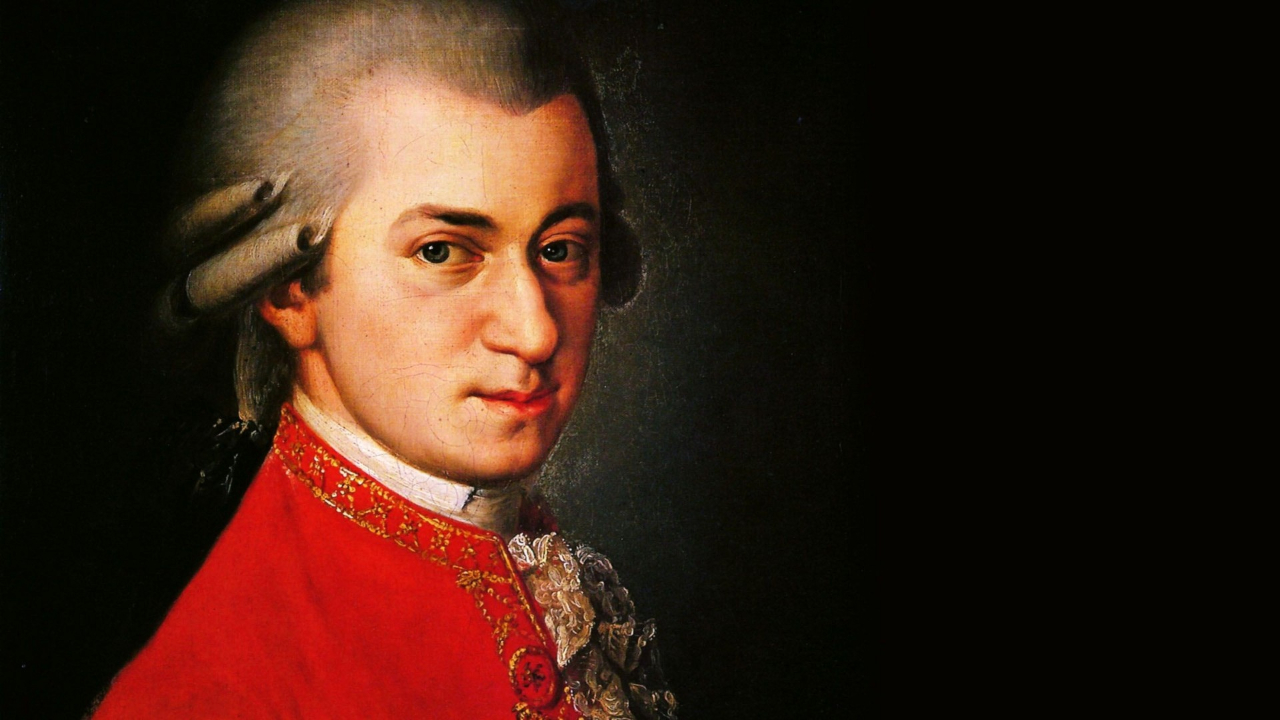Introduction:
Wolfgang Amadeus Mozart, one of the most influential and celebrated composers in history, left an indelible mark on the world of classical music. His prodigious talent and unparalleled musical genius continue to captivate audiences to this day. Beyond his renowned compositions, Mozart’s life was filled with intriguing stories and interesting quirks. In this blog post, we delve into ten fun facts about the legendary composer, shedding light on lesser-known aspects of his life and work.
- Mozart, the Musical Prodigy: Mozart’s extraordinary musical ability was evident from an incredibly young age. He began composing at the age of five and embarked on his first concert tour across Europe by the age of six. His remarkable talent was widely recognized, even in the courts of royalty.
- A Language Savant: In addition to his musical prowess, Mozart had an exceptional talent for languages. He was fluent in German, French, Italian, and Latin, and possessed a working knowledge of English and some Czech. This linguistic skill enabled him to communicate effectively during his travels across Europe.
- Pet Parrot’s Musical Influence: Mozart owned a pet starling, a type of parrot, which he loved dearly. Surprisingly, he incorporated the melodies of the starling’s chirping into one of his compositions, specifically the third movement of his Piano Concerto No. 17 in G major.
- A Love for Billiards: When he wasn’t composing or performing, Mozart enjoyed playing billiards. He was known to carry a billiards ball in his pocket, and it is said that he would frequently take it out and practice trick shots, even during breaks from his work.
- Mozart and the Letter “K”: Mozart often used the letter “K” to denote his compositions. The letter stood for “Köchel,” referring to Ludwig von Köchel, the Austrian musicologist who cataloged and organized Mozart’s works. The “K” followed by a number is still used today to identify Mozart’s compositions.
- The Mysterious Requiem: Mozart’s final composition, the Requiem Mass in D minor, remains shrouded in mystery. Commissioned by an anonymous nobleman, Mozart passed away before completing it. His student, Franz Xaver Süssmayr, finished the work based on Mozart’s sketches, leading to questions regarding the extent of Mozart’s original contribution.
- The Comic Side of Mozart: Beyond his serious musical compositions, Mozart had a playful and mischievous side. He composed numerous humorous works, including the popular “A Musical Joke,” which intentionally incorporated musical errors for comedic effect.
- A Brush with Freemasonry: Mozart was an active Freemason, a secret society that flourished during his time. He joined the Freemasons in 1784 and composed music for Masonic rituals and ceremonies. His opera “The Magic Flute” contains Masonic symbolism and themes.
- Musical Nods to His Wife: Mozart’s deep affection for his wife, Constanze, was apparent in his compositions. He composed a set of variations called “Variations on ‘Ah, vous dirai-je, Maman'” (better known as “Twinkle, Twinkle, Little Star”) for her.
- Musical Innovations: Mozart’s contributions to music were not limited to his compositions. He made significant advancements in the structure and style of classical music, pioneering the development of the symphony, piano concerto, and string quartet, while also expanding the possibilities of opera.
Conclusion:
The life and works of Wolfgang Amadeus Mozart continue to astound and inspire generations of music lovers. These ten fascinating facts provide a glimpse into the lesser-known aspects of Mozart’s life and highlight his brilliance, creativity, and vibrant personality. As we revel in his timeless melodies, we remember Mozart as a true musical genius whose legacy will forever resonate in the hearts of music enthusiasts worldwide.


Comments are closed